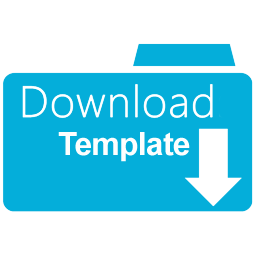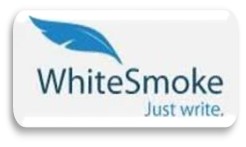Improving Ecological Intelligence of Students Through The Utilization of Inorganic Waste in Making Flipchart as a Learning Media of Social Science
Abstract
Environmental disrespectful behavior such as the habit of littering, indifferent about the consumption of the environmentally friendly products, then the lack of knowledge of students about environment, also low ability of students in utilizing waste reflect that the ecological intelligence of class viii-b smpn 3 lembang is still lacking. therefore it is necessary to take ways to improve the ecological intelligence of students. the efforts made for that is by utilizing inorganic waste in making flipchart as a learning media of social science. the expected objective of the research is improving the ecological intelligence of students in utilizing inorganic waste by describing started from planning, implementation, constraints and result of the improvement of the ecological intelligence of students. the classroom action research uses model of elliot. the result of the research, first, the planning process is conducted to determine sk/kd, preparing rpp includes applying the flipchart media and preparing research instrument. second, the implementation process is implementing learning aligned with the planning of the research. third, the constraints in the research is, the students are puzzled yet to determine the theme of the flipchart which is made constraints, furthermore, make students consciously keeping the environment around them. fourth, the result in the research shows the increasing in each cycle. cycle i ecological intelligence of students in utilizing inorganic waste reached the category of “enough” that is 66.6%. cycle ii reached the “good” category that is 80.3%, and cycle iii reached the “good” category that is 82.8%. therefore it can be concluded that the utilization of inorganic waste made as a media of learning in the form of flipchart includes including planning, implementation, and constraints and results obtained could improve the ecological intelligence of students.
Keywords
Full Text:
PDFReferences
Goleman, Daniel. (2010). Kecerdasan Ekologis (Mengungkap Rahasia Dibalik Produk-Produk yang Kita Beli). Jakarta : Gramedia Pustaka Utama
Komalasari, Kokom. (2011). Media Pembelajaran IPS. Bahan Ajar. Tidak diterbitkan
Muhaimin. (2015). Membangun Kecerdasan Ekologis (Model Pendidikan untuk Meningkatkan kompetensi Ekologis). Bandung : Alfabeta
Sapriya. Dkk. (2008). Konsep Dasar IPS. Bandung : Lab Pendidikan Kewarganegaraan Jurusan Pkn FPIS UPI.
Sapriya. (2009). Pendidikan IPS. Bandung : Lab Pendidikan Kewarganegaraan Jurusan Pkn FPIS UPI.
Sudjana, Nana. (2001). Penelitian dan Penilaian Pendidikan. Bandung : Sinar Baru
Susilana R dan Riyana C (2009). Media Pembelajaran (Hakikat Pengambangan, Pemanfaatan dan Penilaian). Bandung : Wacana Prima
Supriatna, Nana. (2016). ECOPEDAGOGY (Membangun Kecerdasaan Ekologis Dalam Pembelajaran IPS). Bandung : PT Remaja Kosdakarya
Wiriaatmadja. Rochiati. (2014). Metode Penelitian Tindakan Kelas. Bandung : PT Remaja Rosdakarya
Marlina, Novi .(2014). Pemanfaatan Limbah Rumah Tangga (Sampah Anorganik) Sebagai Bentuk Implementasi Dari Pendidikan Lingkungan Hidup. [Jurnal]. Jurnal Formatif 4(2): 124-132, 2014 ISSN: 2088-351X Marliani – Pemanfaatan Limbah Rumah Tangga- 124 – [Diakses pada 20 Januari 2017]
Falupi, Nunuik. (2016). Peningkatan Ecoliteracy Siswa dalam Konsep Recycle Melalui Metode Examples Non Examples Berbasis Lingkungan dalam Pembelajaran IPS : PTK VII-J SMPN 45 Bandung. (Skripsi). Jurusan Pendidikan Ilmu Pengetahuan Sosial. Universitas Pendidikan Indonesia. Bandung
DOI: https://doi.org/10.17509/ijposs.v3i1.13437
Refbacks
- There are currently no refbacks.

This work is licensed under a Creative Commons Attribution-ShareAlike 4.0 International License.
This work is licensed under a Creative Commons Attribution-ShareAlike 4.0 International License
View My Stats








